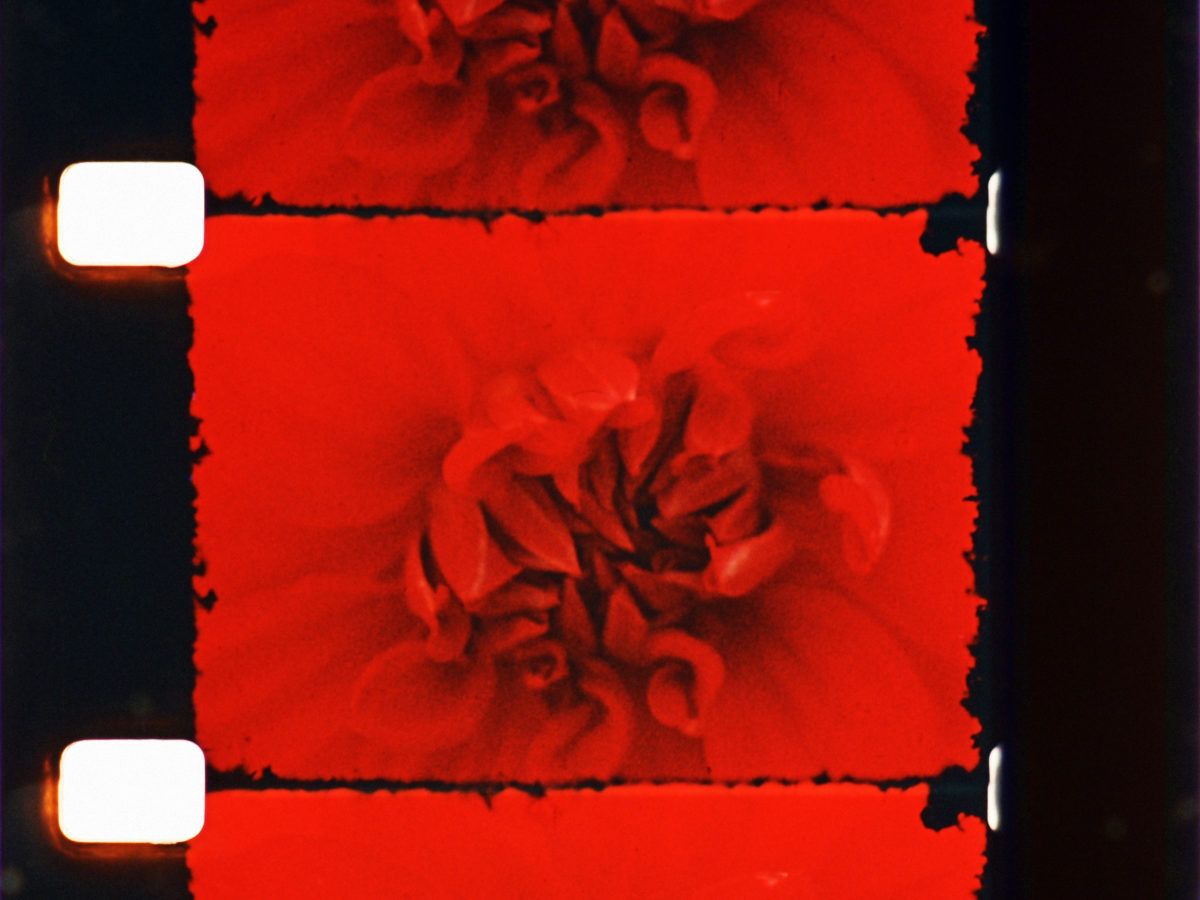“When we consider the use of camera movement in Snow’s films and the principle behind it, and compare it with that which preceded his work in the avant-garde cinema, we find the camera used to evoke a presence that is not human, not the novelist’s omniscience, which is the human mindsight idealized, but a paradox of vision when there is no person to do the seeing—as if the lens were God’s eye, or the eye of time.”
— P. Adams Sitney (The Essential Cinema, p.227)
The cinema began in tiny intervals. Thirty seconds of light flashing through photographs produced magical movement. As time marched on, the art progressed, and films grew in length and complexity. Abel Gance made Napoleon (1927). Feuillade (among others) experimented with the possibilities offered by the popular form of serials decades before television entered the picture. The ‘60s saw experiments with duration begin to be taken to extremes, films in which a static image became a conduit for observing time itself. In 1964 Andy Warhol filmed 5 hours of nocturnal stasis for Sleep, followed by the 8-hour Empire, shot on 16mm Kodak Tri-X. While he managed to cover the costs of shooting, developing and printing the film, Warhol couldn’t afford to pay the processor.
In the 21st century, anyone with access to a competent digital camera (or in some cases just a phone) can film for hours at a time without worrying about the cost; if you have the device and the storage space, you can keep filming. One can even significantly curb shooting costs by renting instead of owning the camera. A 2020 re-make of Empire would be a purposeless facsimile. On the other hand, the ease and low-cost of shooting digitally for longer durations has meant a rapid increase in turnaround for artists like James Benning—a long-take 16mm Bolex filmmaker until digital reached the point of being able to produce images whose quality he was happy with. The financial factor also meant a huge shift in what was possible for filmmakers from poorer countries; in the Philippines, one particular filmmaker came out of hiding to find success in prestige festival circuits.
I had barely heard of Lav Diaz when I sat down to watch A Lullaby to the Sorrowful Mystery at the 2016 Berlinale. What I did know was that he had a habit of producing works longer than those typically screened theatrically. As La Flor (Mariano Llinás, 2018) made abundantly clear last year (in the path pioneered by Diaz), outrageous runtimes don’t necessarily negate the possibility of a distribution deal—and they can be made for cheap.
Long films can, however, present physical challenges for viewers. I won’t soon forget how badly I had to pee towards the end of that Lav Diaz screening; holding it in for what felt like the final hour, knowing the end was near but having no real concept of exactly how near. Arta Barzanji’s piece in this first issue of photogénie deals in part with the physical experience of viewing Sátántangó (Béla Tarr, 1994) in its recent theatrical run, and how it lends itself to a form of bodily hypnosis, mind sucked completely into the screen.
While so-called slow cinema does tend to stretch time, the experience of time while viewing the avant-garde is something else entirely: time does not merely stretch—it is pulled to the brink of its breaking point before imploding in on itself. Nathaniel Dorsky’s Arboretum Cycle (2017) builds galaxies in its silence, Robert Beavers’ The Ground (2001) beats with thudding repetitions which seem to squeeze eternity and a day into half of an hour, and as filmmaker Christina Phoebe Thomopoulos’s pictorial piece indicates, there is a world of experience within any given cycle of Gregory Markopoulos’s Eniaios (1948-1990) which transcends mere linguistic relatability.
But what of long films purportedly showing us literal reality? Looking at a documentary take on the long form, Irina Trocan’s piece finds much to critique and celebrate in the TV-journalism observations on ‘90s tumult in the Balkans via Marcel Ophuls’s Veillées d’armes (The Troubles We’ve Seen, 1994). The madness of war resists comprehension, and while longer films are granted a greater opportunity to bridge this gap in understanding between civilian and chaos, one might argue that understanding any single conflict completely would take a lifetime.
Also looking at a made-for-TV episodic film, albeit as a fictional look at the distant rather than recent past, Michaël Van Remoortere explores the ‘Darkroom of History’ that is Rainer Werner Fassbinder’s Berlin Alexanderplatz (1980). Here we examine the Weimar Republic as an audience acutely aware of the proximity of fascism, while its characters cannot see it coming. We are all prisoners to time, able only to experience it linearly.
What of short works that might visually espouse Chronos in a manner similar to long works? Anuj Malhorta takes us through the distinctly Balkan conception of cinematic time in the short films of Vjekoslav Nakić, which are “suspended in eternal time,” sharing some aesthetic and thematic interests with Ozu and Kiarostami.
It is with distinct pleasure that I present to you, dear reader, these five time-texts in our first collected issue. I hope they might help you in some way to navigate this fickle subject both on-screen and off.
